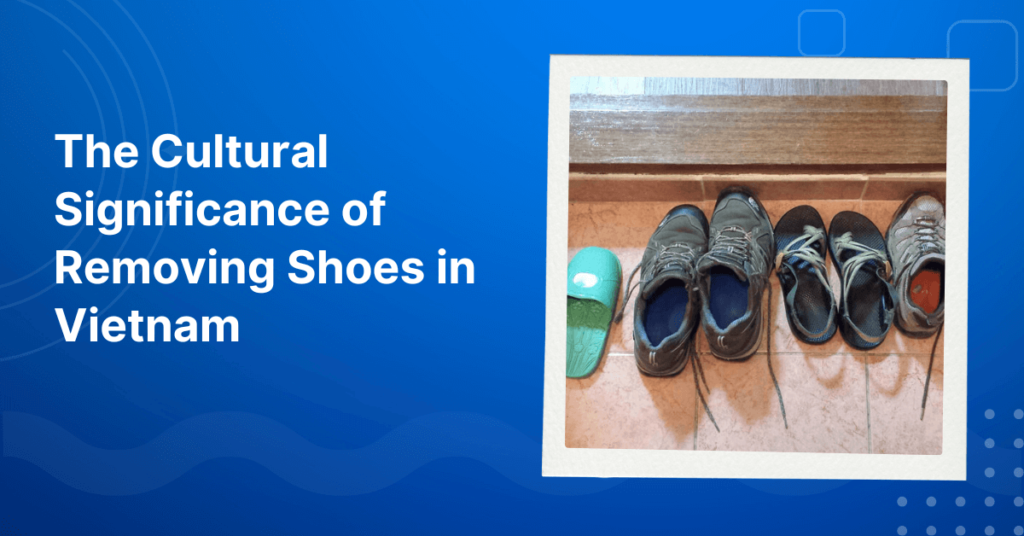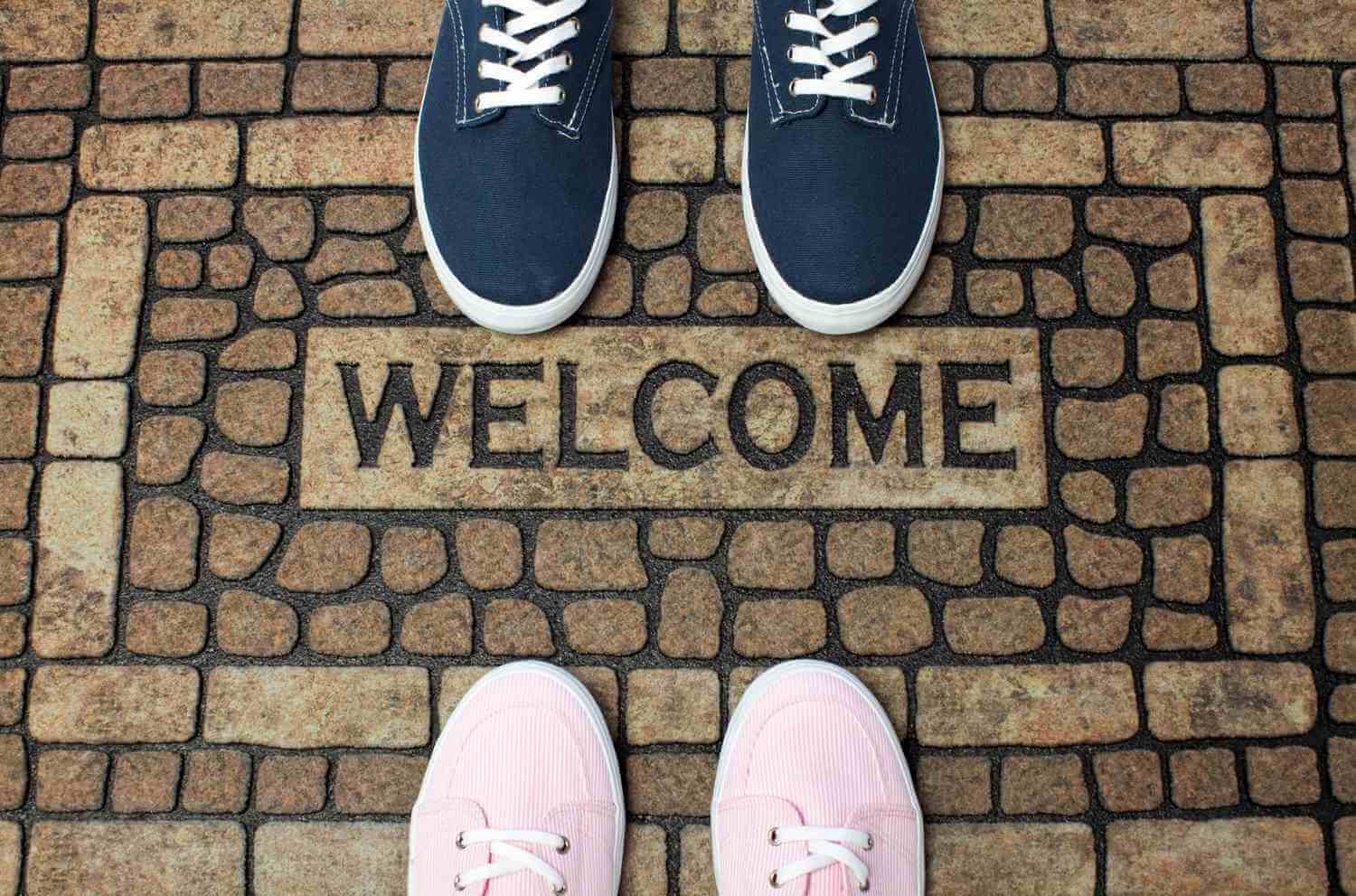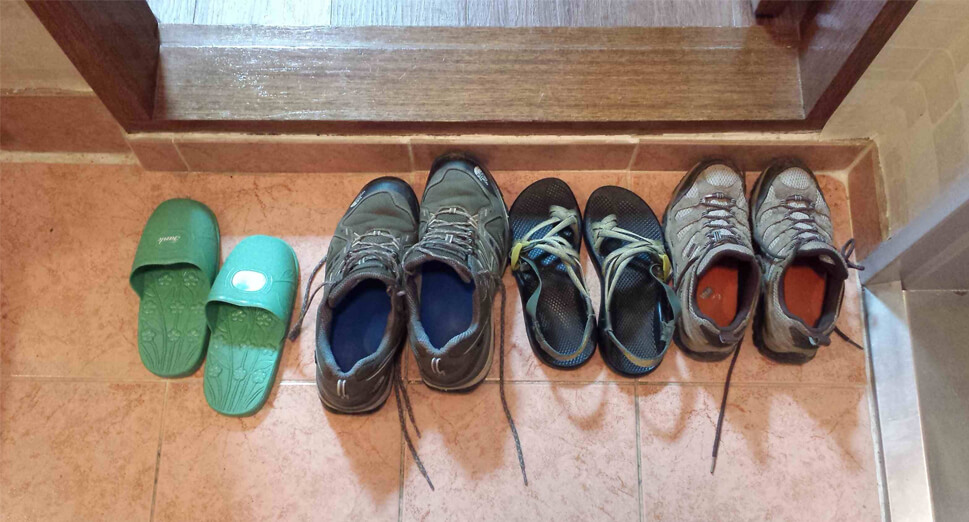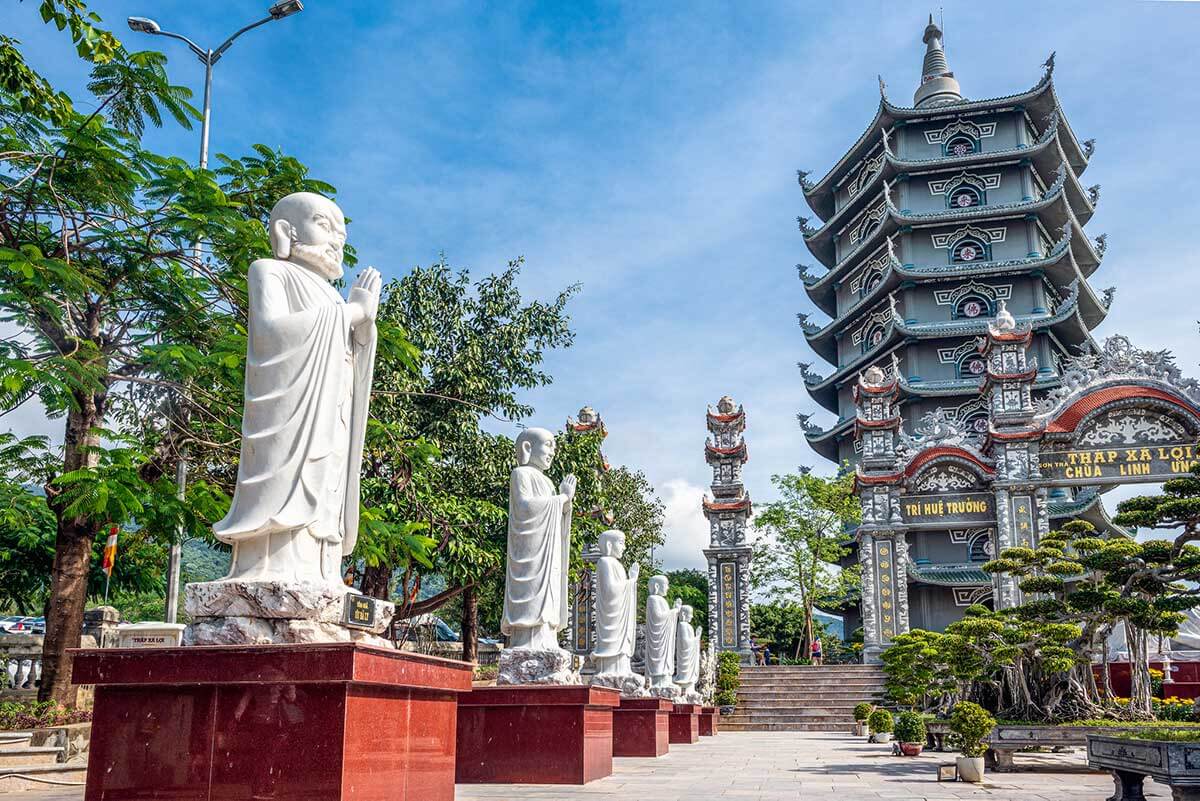In Vietnam, the act of removing one’s shoes before entering a home, certain public places, and even some businesses is a deeply rooted cultural practice that has deep seated roots . This simple gesture, often overlooked by visitors, is an integral part of Vietnamese life and can easily cause offense and disrespect if not adhered to.

Historical and Cultural Context
The tradition of removing shoes dates back centuries and is intertwined with the values of cleanliness and respect in Vietnamese culture. In a country where people often sit, sleep, and eat on the floor, keeping the interior spaces clean is paramount. The habit of removing shoes ensures that the dirt and impurities from the outside world are not brought into the living areas, maintaining a clean and hygienic environment.
In addition, this practice reflects the Confucian value of respect. By taking off their shoes, individuals show respect for the household or establishment they are entering. This act acknowledges the sanctity of the space and the people who inhabit it.
Explore More: Before Getting Tattoos in Vietnam: Your Essential Guide
In the Home

The most common place where this practice is observed is in Vietnamese homes. Visitors and family members alike are expected to leave their shoes at the door. In many households, you will find a designated area for shoes near the entrance, often with slippers provided for indoor use. This not only keeps the home clean but also creates a clear boundary between the outside world and the private, intimate space of the home.
Educational Institutions

In kindergartens (where children ply and sit on the floor and often eat and sleep in the same room), children are taught from a young age to remove their shoes before entering the classroom. This also extends to the teachers, thus if you are going to working a Kindergarten it is a good idea to make sure that you take a pair of clean indoor shoes with you. This practice helps maintain a clean learning environment and instils a sense of order and discipline among the children. By following this routine, children learn to respect their shared spaces and the belongings of others.
Religious and Sacred Places

Temples and pagodas in Vietnam are sacred spaces where the act of removing shoes takes on a deeper spiritual significance. Visitors to these places of worship are required to leave their shoes outside as a sign of reverence and humility. This practice is rooted in the belief that footwear, having traversed the impure ground, is unclean and should not defile the sanctity of the temple.
In addition to removing shoes, visitors are often expected to dress modestly and conduct themselves with decorum. The tranquil and serene atmosphere of these religious sites is maintained in part through these respectful practices. For many Vietnamese, the simple act of walking barefoot or in socks in a temple is a profound reminder of the humility and respect that is central to their spiritual beliefs.
Explore More About Vietnam: How To Use Grab Taxi in Vietnam + Alternatives: A Complete Guide
Commercial Spaces
Interestingly, the practice of removing shoes extends beyond homes and sacred spaces to certain professional and commercial settings as well. For instance, it is not uncommon for people to remove their shoes before entering a dentist’s office. This might seem unusual to outsiders, but in Vietnam, it is a sign of respect for the cleanliness of the medical environment and the comfort of other patients. Do not worry about not being made aware of this as it is blatantly obvious as at the entrance there will be a row of outdoor shoes and a shoe stand with slippers for your use whilst inside for example, a dentist’s office.
Some small shops and businesses also adhere to this practice, especially those that have a more intimate or home-like atmosphere – for example, boutique stores, traditional medicine shops, and even some hair salons might require customers to leave their shoes at the entrance. This not only keeps the premises clean but also creates a welcoming and homely atmosphere for customers.
Discover Related Guides: Tipping In Vietnam: How Much & For Whom Should You Tip?
The Modern Perspective
While the tradition of removing shoes is still widely practiced, modern influences and the increasing pace of life have led to some changes. In urban areas and in more modern establishments, this practice is sometimes relaxed. For example, in large shopping malls, corporate offices, and certain high-end restaurants, keeping shoes on is generally acceptable and expected.
Practical Guidelines
In order to ensure that you do not offend by not adhering to local custom then the following practical tips may help:
- Look for Cues: If you see shoes lined up at the entrance, it’s a clear sign that you should take off your shoes.
- Bring Socks: Wearing socks can be a good idea, especially in colder weather or if you are uncomfortable being barefoot.
- Slippers: Some places provide slippers for indoor use. If offered, it is polite to accept them. Please note that the slippers are often very small ( as Vietnamese typically have small feet ) however still accept them and try to wear them – and if you cannot get them on at all then at least you have been polite and tried.
- Ask When Unsure: If you are uncertain whether to remove your shoes, don’t hesitate to ask your host or observe what others are doing.
- Keep Feet Clean: Since you may be removing your shoes frequently, ensure your feet are clean and presentable.
In conclusion, the practice of removing shoes in Vietnam is more than just a habit – it is a reflection of the country’s cultural identity. Whether in homes, kindergartens, temples, or certain shops and professional spaces, this custom underscores the importance of cleanliness, respect, and humility thus although for Westerners it can be irritating to keep taking on and off your shoes , it is an important factor in the way of Vietnamese life.







